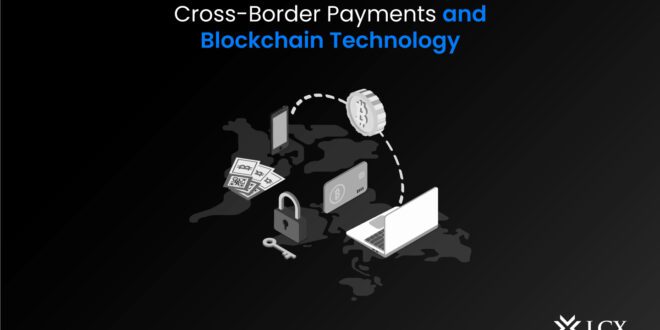Cross-Border Payments: Revolutionizing the Payment Process
In the past, cross-border payments were slow and costly, involving multiple intermediaries and high transaction fees. However, the introduction of blockchain technology has brought about a more efficient and cost-effective way of making these payments. By utilizing distributed ledger technology, or blockchain, the payment process is accelerated through encryption technology. This blog post will explore the transformative impact of blockchain technology on cross-border payments.
Understanding Blockchain Cross-Border Payments
In the Web3 ecosystem, there is an increasing demand for cross-border payments as more individuals and organizations transact with digital assets. Blockchain cross-border payments refer to transactions between parties from different countries facilitated by blockchain technology. Traditionally, banking and financial institutions were responsible for facilitating cross-border payments, which often involved a complex network of intermediaries, resulting in high transaction fees, longer processing periods, and a lack of transparency.
On the contrary, blockchain-based cross-border payments aim to eliminate intermediaries, reduce transaction costs, and enhance transaction speed and security. These payments provide faster solutions for business-to-business and person-to-person blockchain transactions, revolutionizing international money transfers.
The Functioning of Cross-Border Payments with Blockchain Technology
By leveraging the decentralized and secure nature of blockchain, cross-border payments facilitated by blockchain technology enable transactions between participants in different countries using different currencies. The innovative architecture of blockchain and ledger-based technologies presents several advantages over conventional transnational payments and settlements.
In traditional international bank transfers, a complex network of banking and financial institutions connects the sender and recipient, leading to a complicated and slow process. The Society for Worldwide Interbank Financial Telecommunications (SWIFT) is commonly used by traditional banks and financial institutions to securely exchange information about financial transactions. However, SWIFT faces challenges such as high costs, limited access, and centralized control.
On the other hand, blockchain-based cross-border payments utilize smart contracts that autonomously enforce payment transactions based on predefined rules. By eliminating intermediaries, these transactions become transparent and instantaneous.
 Mind Uncharted Explore. Discover. Learn.
Mind Uncharted Explore. Discover. Learn.



